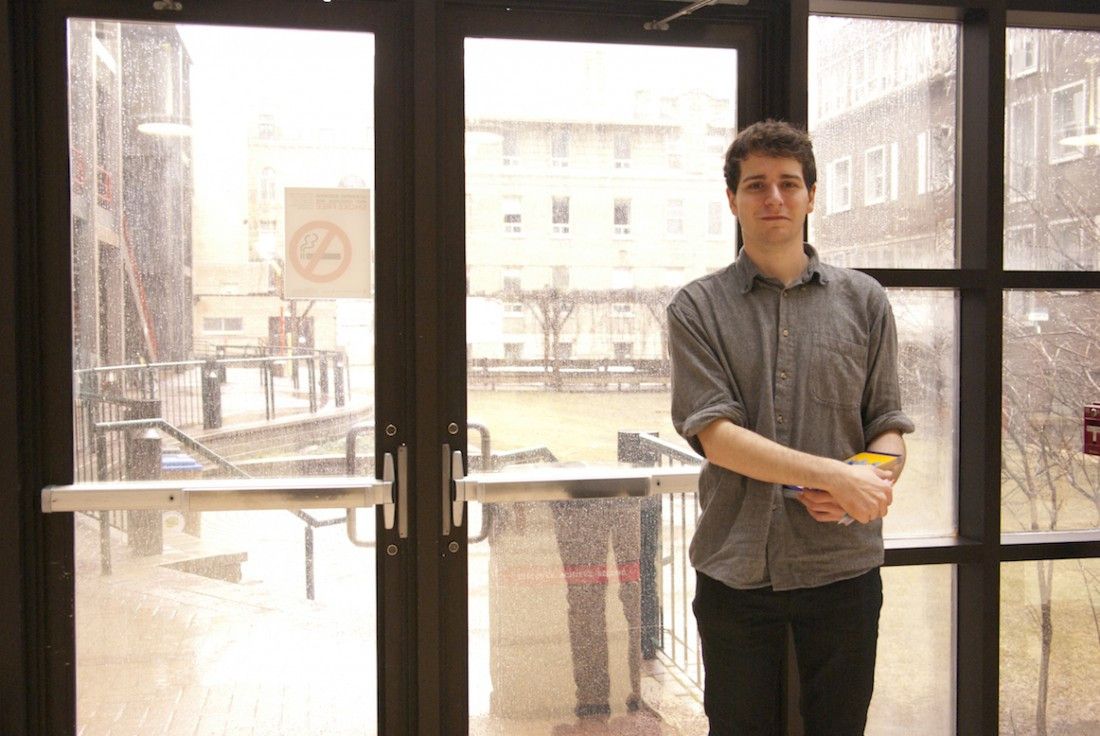A more complete picture
Expanded course evaluations could be offered at U of W
The University of Winnipeg (U of W) is planning how to implement a revised tool to evaluate how courses are taught.
At the end of every course, students at U of W are asked to fill in a Student Evaluation of Teaching (SET) – a one-page document asking if students found the course satisfactory with a space to write comments about the class and its instructor.
While this style of course and instructor evaluation has been used at U of W since 2011, Dr. Neil Besner, provost and vice-president academic, says there are serious doubts as to how sufficient this tool is in terms of assessing the teaching.
“I think there is a pretty widespread agreement around campus among students, faculty, administration that the current instrument that we use to evaluate teaching is inadequate. It’s not enough,” Besner says.
According to Besner, the evaluations are also problematic for purposes of tenure and promotion within the faculties.
Jesse Blackman, vice-president student affairs at the University of Winnipeg Student Associations (UWSA), says that the course evaluations don’t provide a sufficient reflection of the instructor’s teaching.
“Right now, the only thing the instructors have to submit as part of their year-end activity report is the number of satisfactory and unsatisfactory scores they receive,” Blackman says. “I think it’s a disservice to students and instructors to have such a vague and meaningless course evaluation.”
As it turns out, the current evaluation is only one part, a summative document, of the tool that was originally proposed. The second part, a formative document, is meant to help professors improve their practice, still hasn’t been implemented.
Dr. Richard Jochelson, an associate professor in the department of criminal justice and president of the University of Winnipeg Faculty Association (UWFA), says there are a variety of reasons as to why the formative part was never developed.
“At the time this was all agreed the University didn’t have sophisticated enough scanning machinery to read more than single multiple choice answers which was a structural limitation to the development of a new constructive instrument,” Jochelson says.
Several years then passed with the University still using only the first part of the agreed-upon instrument.
“The parties that made the agreement retired, and some died, and the institutional memory on the issue also faded,” Jochelson says.
However, the issue was put back on the table at the beginning of this academic year. In October 2015, the Board of Regents approved a Strategic Directions Framework document that led to the formation of a committee to design and write an Integrated Academic and Research Plan (IARP). One of the IARP’s mandates is to work on the assessment and evaluation of teaching at the U of W.
“(IARP) asks questions about class size, how classes are taught. And in that it also provides a really good opportunity for students to push for revisions the system of course evaluations,” Blackman says.
Besner also adds that there is still no agreed upon understanding of what actually constitutes “teaching.”
“There is a tremendous debate at present in academia across the world really about something called learning outcomes,” Besner says. “Learning outcomes are a way of measuring what a student is expected to get out of the class and whether or not the student got that. And that is proposed as a measure of how effective the teaching is. Irrespective of how much you like or dislike the professor.”
For further information visit uwinnipeg. ca/index/ctlt-set or contact the UWSA at theuwsa.ca.
Published in Volume 70, Number 24 of The Uniter (March 17, 2016)








